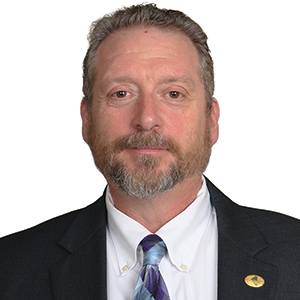We were in his office, having a casual conversation about the future business strategy and the people strategy behind the business strategy. Then he told me that he was looking forward to retiring. Really? When? This was a new revelation that was coming out for the first time.
I must have had that look on my face as he said, “Why are you looking at me like that?” I knew at that moment that he was two years too late.
Succession planning should be a topic for discussion at least as often as performance reviews. And it is not just for the owners or CEOs. I was a supervisor at a retail company that was part of an energy conglomerate and I really wanted to be a manager. So, I went to my director and told her of my long-term goals. She had one question: Had I found my replacement?
And that, my fellow executives, is the golden question. Most have not and are not prepared when they need their successor. So, where is a good place to start?
There are a few steps that we can take now to begin to prepare for the eventuality. The first step is to have an honest discussion with all the stakeholders about the attributes necessary to fill our position. Here is the really tough part: It may not map to our own attributes as the company and/or culture may have changed since we started.
Looking for our clone may be what we want but not what the organization needs. Be open-minded when mapping out characteristics and attributes for the next in line.
Then, we need to be honest and open again by looking around. Is our successor currently in the organization? I can’t help but remember the adage that the first generation builds it, the second generation enjoys it and the third generation destroys it.
The “heir apparent” is not always the best choice, whether we are in a private or public organization, and these are difficult conversations to have and decisions to make. If our successor is inside the organization, we then need to plan to develop that person and groom them to take over for us. Coaching is the single best way to accomplish this, and it needs to be a credible coach outside of the organization.
Plan on a two- to three-year timeframe to find, groom and prepare who we think is the correct person. And, we may be wrong and have to start over. That is why we always need to be on the lookout for the next person to take our place, because since we are dealing with people, life happens.
If our successor is not inside of our organization, then the search will take us to many different places to seek them out. For this, we will most likely need the help of professional recruiters. But they will need our original attributes and experience to locate likely candidates.
The bottom line for owners, CEOs and executives is that we cannot wait until the year before retirement to start planning. To close the loop, my client was not, in fact, able to retire in the original timeframe. Nor was the successor ultimately the heir apparent.
There is no time like the present to get started! ●
John Glaneman is president of Dale Carnegie Training of Northeast Ohio and Western PA

